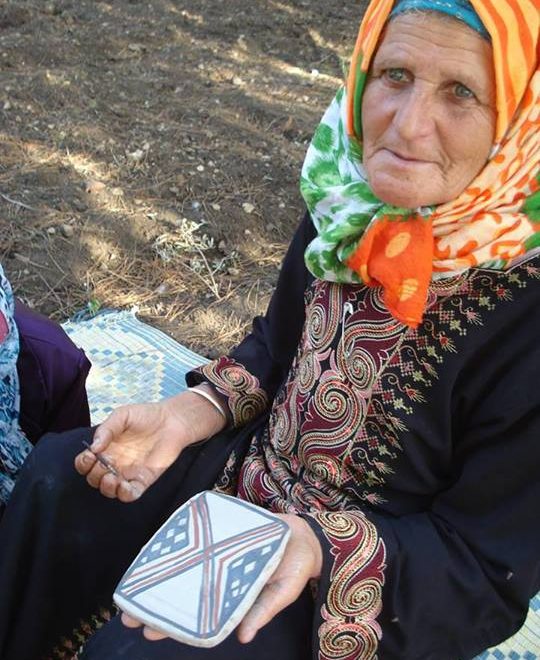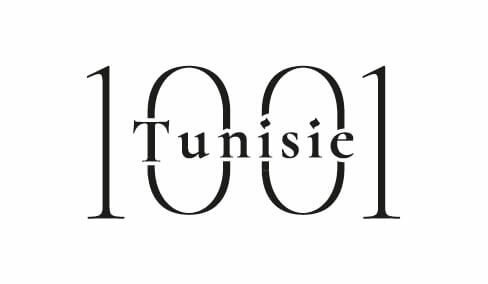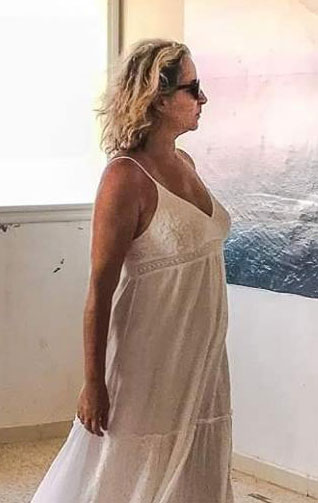
Last Sunday was spent meeting with the public. On the program: sales, modeling workshops, cooking and drawing “Sejnen” Berber pottery outcome of a knowledge of a millennia.
The Association has been workinging on this for over a year. It helps craftswomen who live mainly from selling their pottery in their fight against poverty. It is empowering for getting out of poverty, achieve financial independence while participating in the development of their region.
Khalkes Ahres, founding member of “Zahoua” believes that this workshop is crucial for the twenty women who inhabit it: “This helps them out of the fold of intermediaries who round up women’s work and pay them a pittance. These intermediaries are still buying in 0,300dt parts they sell 20 times. These women are also often beaten. We were shocked by the proportions of women beaten by their husbands. The one who escaped the group was still a girl! This means human misery … ”
The Sejanne pottery is a “modeled pottery that is present everywhere, from north to south, outside the towns, villages and countrysides … Next regions, shapes and dimensions are more or less rounded and curved or collected and elongated. It is especially the decorations which, by the nature and variety of dyes used and in their application before or after cooking, reveal and determine the particularities of regional styles.
Sejnane Pottery is highly appreciated for its cooking techniques, modeling and decoration remained primitive. They use a clay oven and cow dung to cook their products. They decorate their works with lines, dots, crosses, triangles and color the brown patterns and red ocher … Their performance 100% manual gives a human footprint in the handicraft. These women are known for their aesthetic and various kitchen items like jars, candy dishes, and bowls.
{mainvote}


 َAbonnez-vous
َAbonnez-vous

